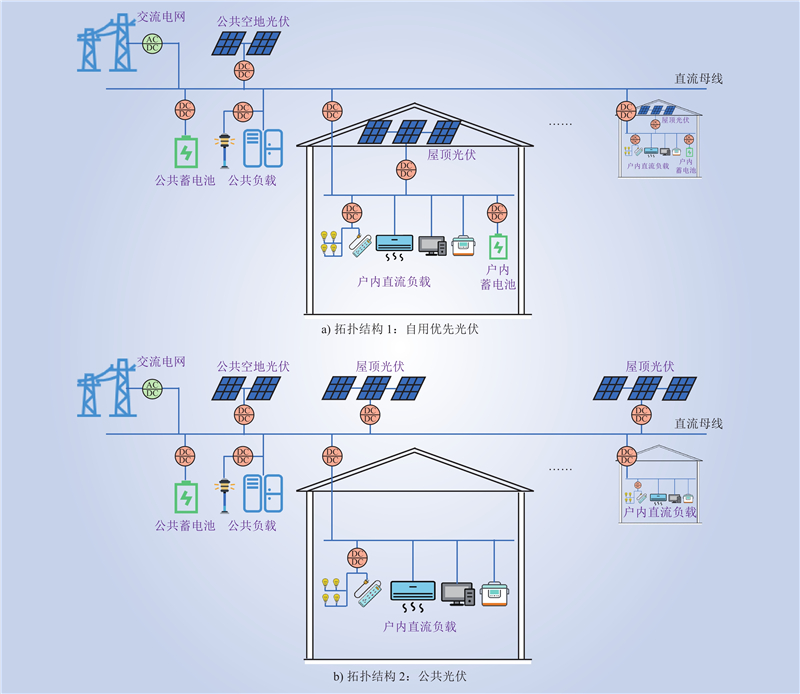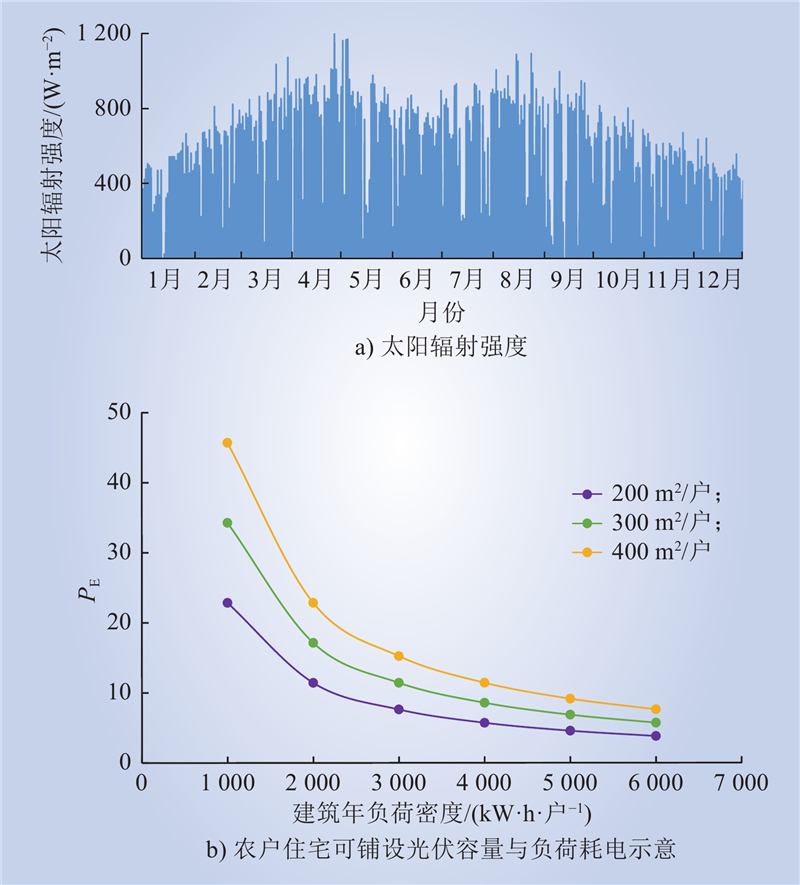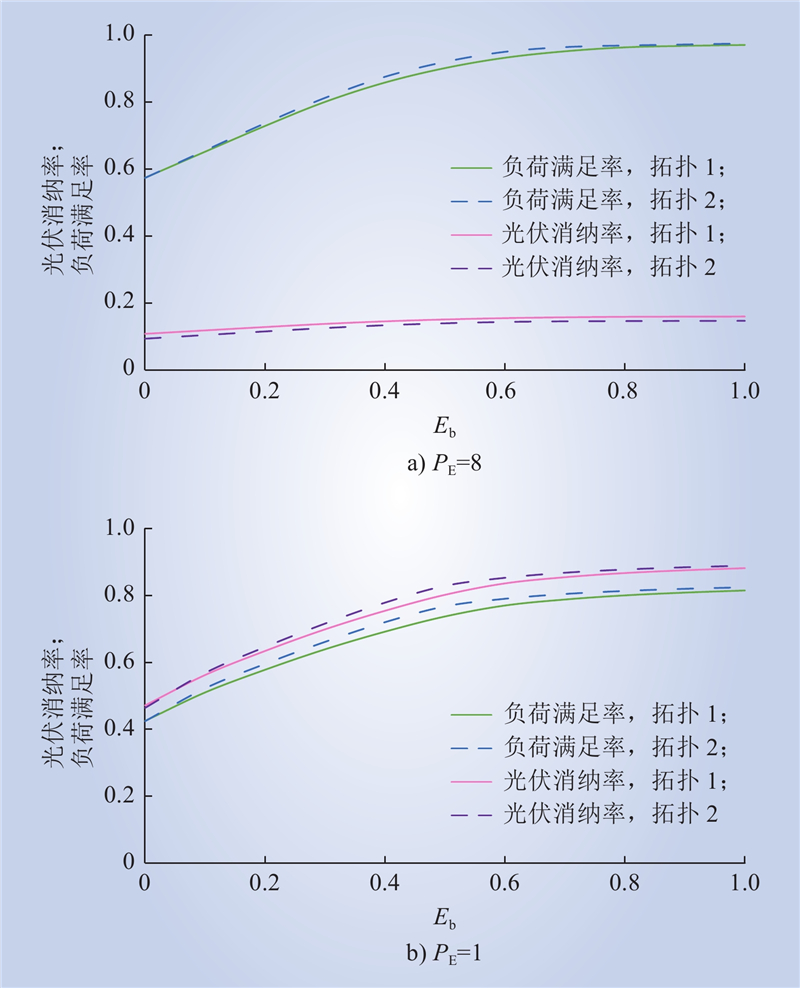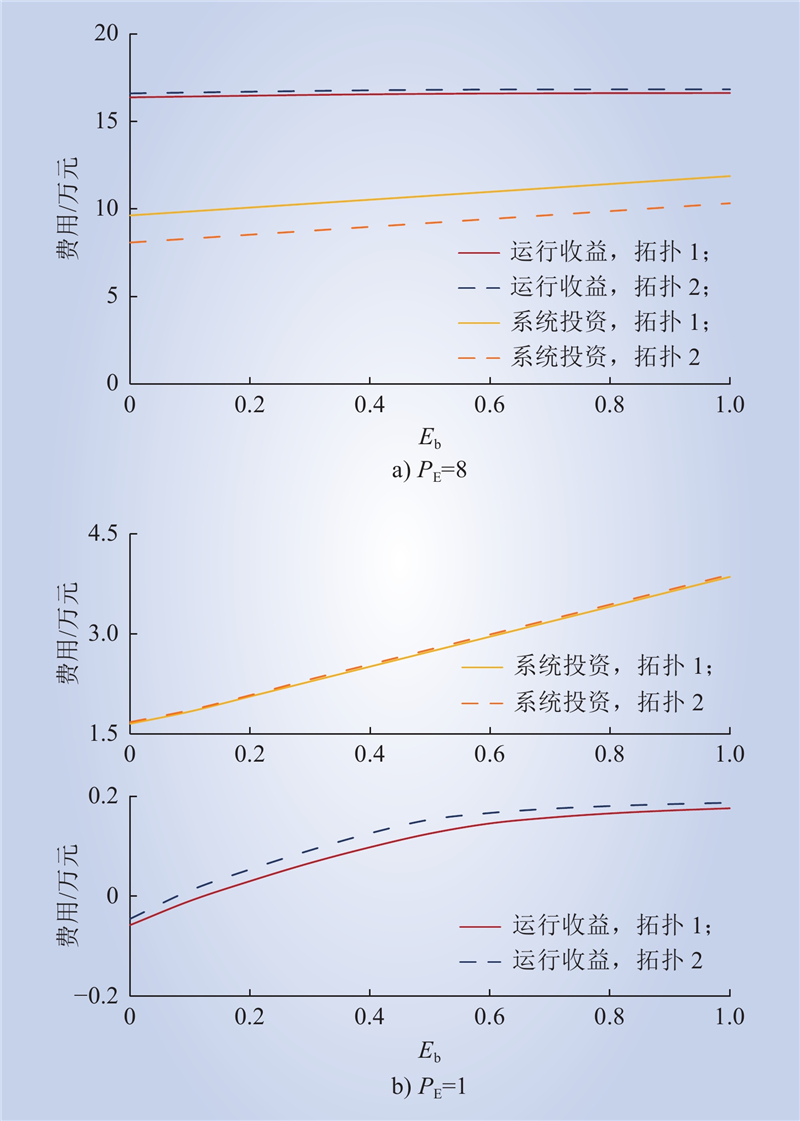| 1 |
胡鞍钢. 中国实现2030年前碳达峰目标及主要途径[J]. 北京工业大学学报(社会科学版), 2021, 21 (3): 1- 15.
|
|
HU Angang. China's goal of achieving carbon peak by 2030 and its main approaches[J]. Journal of Beijing University of Technology (Social Sciences Edition), 2021, 21 (3): 1- 15.
|
| 2 |
王灿, 张雅欣. 碳中和愿景的实现路径与政策体系[J]. 中国环境管理, 2020, 12 (6): 58- 64.
|
|
WANG Can, ZHANG Yaxin. Implementation pathway and policy system of carbon neutrality vision[J]. Chinese Journal of Environmental Management, 2020, 12 (6): 58- 64.
|
| 3 |
金晨, 任大伟, 肖晋宇, 等. 支撑碳中和目标的电力系统源-网-储灵活性资源优化规划[J]. 中国电力, 2021, 54 (8): 164- 174.
|
|
JIN Chen, REN Dawei, XIAO Jinyu, et al. Optimization planning on power system supply-grid-storage flexibility resource for supporting the "carbon neutrality" target of China[J]. Electric Power, 2021, 54 (8): 164- 174.
|
| 4 |
郑国光. 支撑“双碳”目标实现的问题辨识与关键举措研究[J]. 中国电力, 2023, 56 (11): 1- 8.
|
|
ZHENG Guoguang. Problem identification and key measures to support the achievement of carbon peak and carbon neutrality[J]. Electric Power, 2023, 56 (11): 1- 8.
|
| 5 |
周孝信, 赵强, 张玉琼. “双碳” 目标下我国能源电力系统发展前景和关键技术[J]. 中国电力企业管理, 2021, (31): 14- 17.
|
| 6 |
舒印彪, 陈国平, 贺静波, 等. 构建以新能源为主体的新型电力系统框架研究[J]. 中国工程科学, 2021, 23 (6): 61- 69.
DOI
|
|
SHU Yinbiao, CHEN Guoping, HE Jingbo, et al. Building a new electric power system based on new energy sources[J]. Strategic Study of CAE, 2021, 23 (6): 61- 69.
DOI
|
| 7 |
窦真兰, 张春雁, 赵慧荣, 等. 含氢能汽车负荷的住宅光-氢耦合能源系统容量优化配置[J]. 中国电力, 2023, 56 (7): 54- 65.
|
|
DOU Zhenlan, ZHANG Chunyan, ZHAO Huirong, et al. Optimal capacity configuration of residential solar-hydrogen coupling energy system with hydrogen vehicle load[J]. Electric Power, 2023, 56 (7): 54- 65.
|
| 8 |
吴桐, 惠红勋, 张洪财. 商业建筑空调系统参与城市电网负荷调控综述[J]. 中国电力, 2023, 56 (7): 1- 11.
|
|
WU Tong, HUI Hongxun, ZHANG Hongcai. Review of commercial air conditioners for participating in urban grid regulation[J]. Electric Power, 2023, 56 (7): 1- 11.
|
| 9 |
江亿. 光储直柔: 助力实现零碳电力的新型建筑配电系统[J]. 暖通空调, 2021, 51 (10): 1- 12.
|
|
JIANG Yi. PSDF(photovoltaic, storage, DC, flexible)—a new type of building power distribution system for zero carbon power system[J]. Heating Ventilating & Air Conditioning, 2021, 51 (10): 1- 12.
|
| 10 |
清华大学建筑节能研究中心. 中国建筑节能年度发展研究报告-2022-公共建筑专题[M]. 北京: 中国建筑工业出版社, 2022: 251–263.
|
| 11 |
刘晓华, 张涛, 刘效辰, 等. “光储直柔” 建筑新型能源系统发展现状与研究展望[J]. 暖通空调, 2022, 52 (8): 1- 9, 82.
|
|
LIU Xiaohua, ZHANG Tao, LIU Xiaochen, et al. Development statuses and research prospects of PEDF (photovoltaics, energy storage, direct current and flexibility) building energy systems[J]. Heating Ventilating & Air Conditioning, 2022, 52 (8): 1- 9, 82.
|
| 12 |
郝斌. 乡村光储直柔新型能源系统构架与挑战[J]. 可持续发展经济导刊, 2022, (4): 46- 47.
|
|
HAO Bin. Framework and challenges of rural solar photovoltaic, energy storage, direct current and flexibility in new energy system[J]. China Sustainability Tribune, 2022, (4): 46- 47.
|
| 13 |
江亿, 胡姗. 屋顶光伏为基础的农村新型能源系统战略研究[J]. 气候变化研究进展, 2022, 18 (3): 272- 282.
|
|
JIANG Yi, HU Shan. Research on the development strategy of production and consumption integrated roof-top PV system in rural China[J]. Climate Change Research, 2022, 18 (3): 272- 282.
|
| 14 |
黄碧斌, 李琼慧, 高菲, 等. 高渗透率分布式光伏发电接入农村电网的成本分析[J]. 电力系统及其自动化学报, 2017, 29 (6): 102- 106.
|
|
HUANG Bibin, LI Qionghui, GAO Fei, et al. Cost analysis of distributed photovoltaic integration with high penetration rate in rural network[J]. Proceedings of the CSU-EPSA, 2017, 29 (6): 102- 106.
|
| 15 |
李建林, 方知进, 谭宇良, 等. 电化学储能系统在整县制屋顶光伏中应用前景分析[J]. 太阳能学报, 2022, 43 (4): 1- 12.
|
|
LI Jianlin, FANG Zhijin, TAN Yuliang, et al. Application prospect analysis of electrochemical energy storage technology in county-wide rooftop photovoltaic system[J]. Acta Energiae Solaris Sinica, 2022, 43 (4): 1- 12.
|
| 16 |
李相俊, 马会萌, 姜倩. 新能源侧储能配置技术研究综述[J]. 中国电力, 2022, 55 (1): 13- 25.
|
|
LI Xiangjun, MA Huimeng, JIANG Qian. Review of energy storage configuration technology on renewable energy side[J]. Electric Power, 2022, 55 (1): 13- 25.
|
| 17 |
窦晓波, 袁简, 吴在军, 等. 并网型风光储微电网容量改进优化配置方法[J]. 电力自动化设备, 2016, 36 (3): 26- 32.
|
|
DOU Xiaobo, YUAN Jian, WU Zaijun, et al. Improved configuration optimization of PV-wind-storage capacities for grid-connected microgrid[J]. Electric Power Automation Equipment, 2016, 36 (3): 26- 32.
|
| 18 |
赵安军, 王鹏柱, 荆竞, 等. 考虑电动汽车影响的农村家庭新能源容量优化配置方法[J]. 中国电力, 2022, 55 (8): 31- 39, 50.
|
|
ZHAO Anjun, WANG Pengzhu, JING Jing, et al. Optimal configuration method of new energy capacity for rural households considering impact of electric vehicles[J]. Electric Power, 2022, 55 (8): 31- 39, 50.
|
| 19 |
蒋建彗, 倪志春, 陈成锦, 等. 户用光伏+储能系统的容量配置及经济性计算方法研究[J]. 太阳能, 2020, (11): 44- 48.
|
|
JIANG Jianhui, NI Zhichun, CHEN Chengjin, et al. Capacity configuration and economic calculation of household pv + storage energy system[J]. Solar Energy, 2020, (11): 44- 48.
|
| 20 |
赵鹰, 崔云. 基于分布式光伏系统下的储能配置优化设计分析[C]//中国环境科学学会环境工程分会. 中国环境科学学会2022年科学技术年会——环境工程技术创新与应用分会场论文集(三). 《工业建筑》杂志社有限公司, 2022: 6.
|
| 21 |
国家能源局. 印发《关于报送整县(市、区)屋顶分布式光伏开发试点方案的通知》(国能综通新能[2021]84号)[Z].
|
| 22 |
陈文波, 郝斌. 碳中和背景下农村光储直柔系统建设分析: 以山西省芮城县东夭村为例[J]. 建设科技, 2021, (7): 86- 89.
|
|
CHEN Wenbo, HAO Bin. Analysis of Rural PEDF System toward Carbon Neutral—case study of Dongyao Village, Ruicheng County, Shanxi Province[J]. Construction Science and Technology, 2021, (7): 86- 89.
|
| 23 |
KUSAKANA K. Optimal energy management of a grid-connected dual-tracking photovoltaic system with battery storage: case of a microbrewery under demand response[J]. Energy, 2020, 212, 118782.
DOI
|








